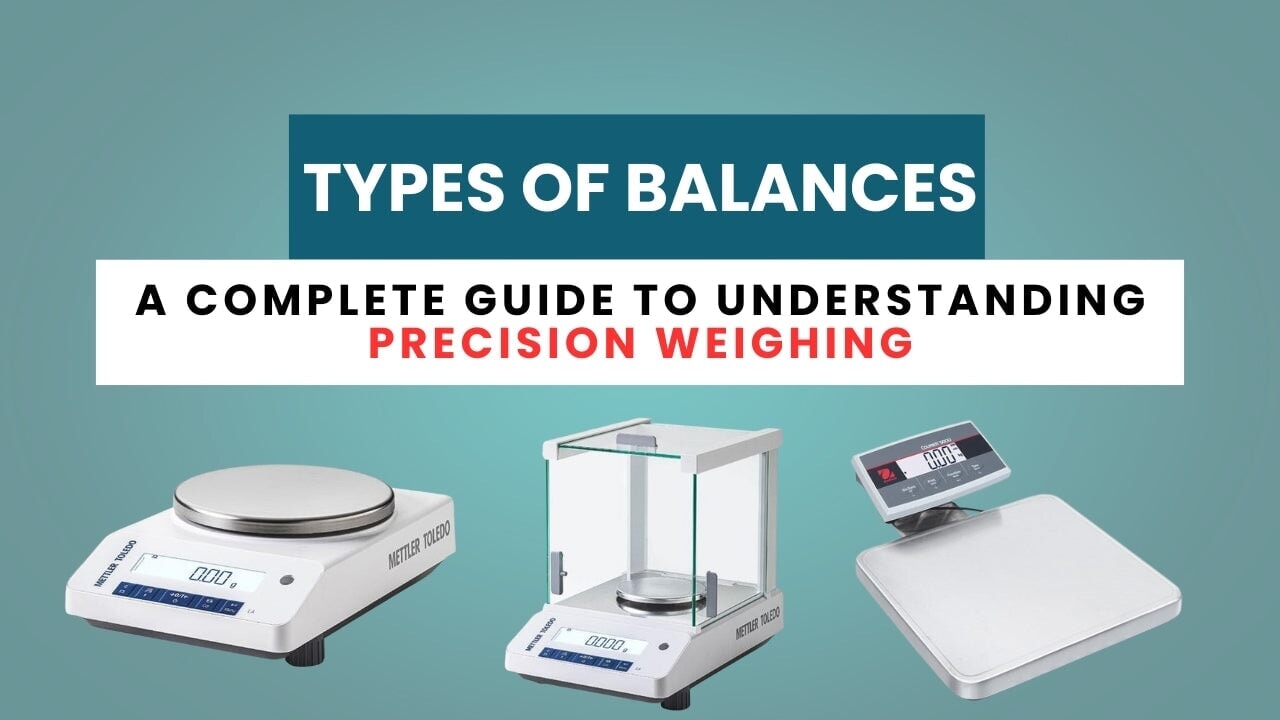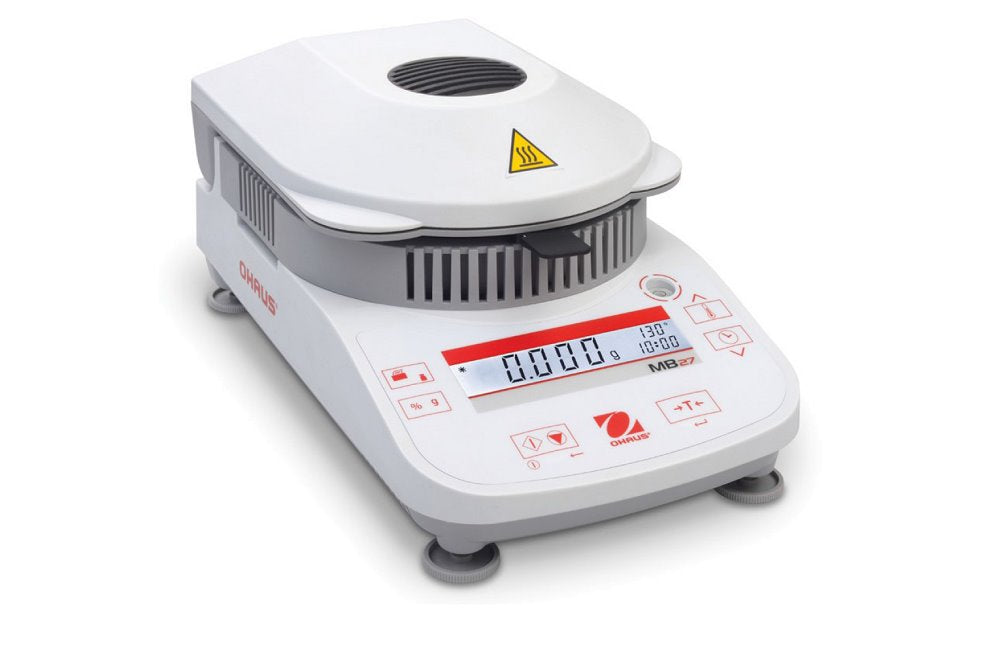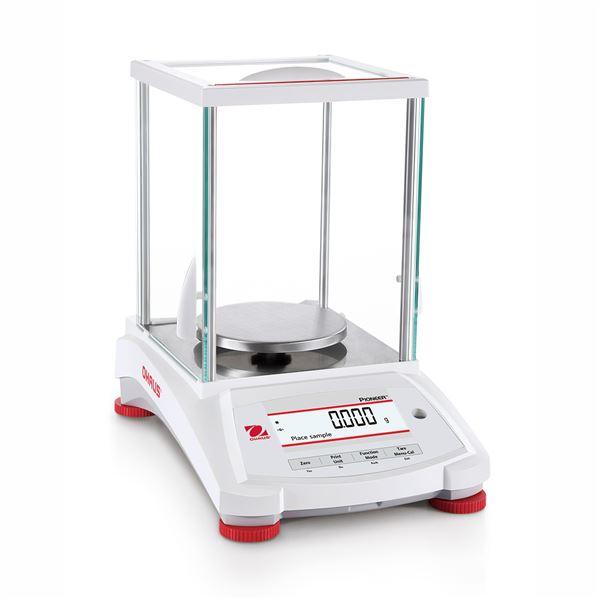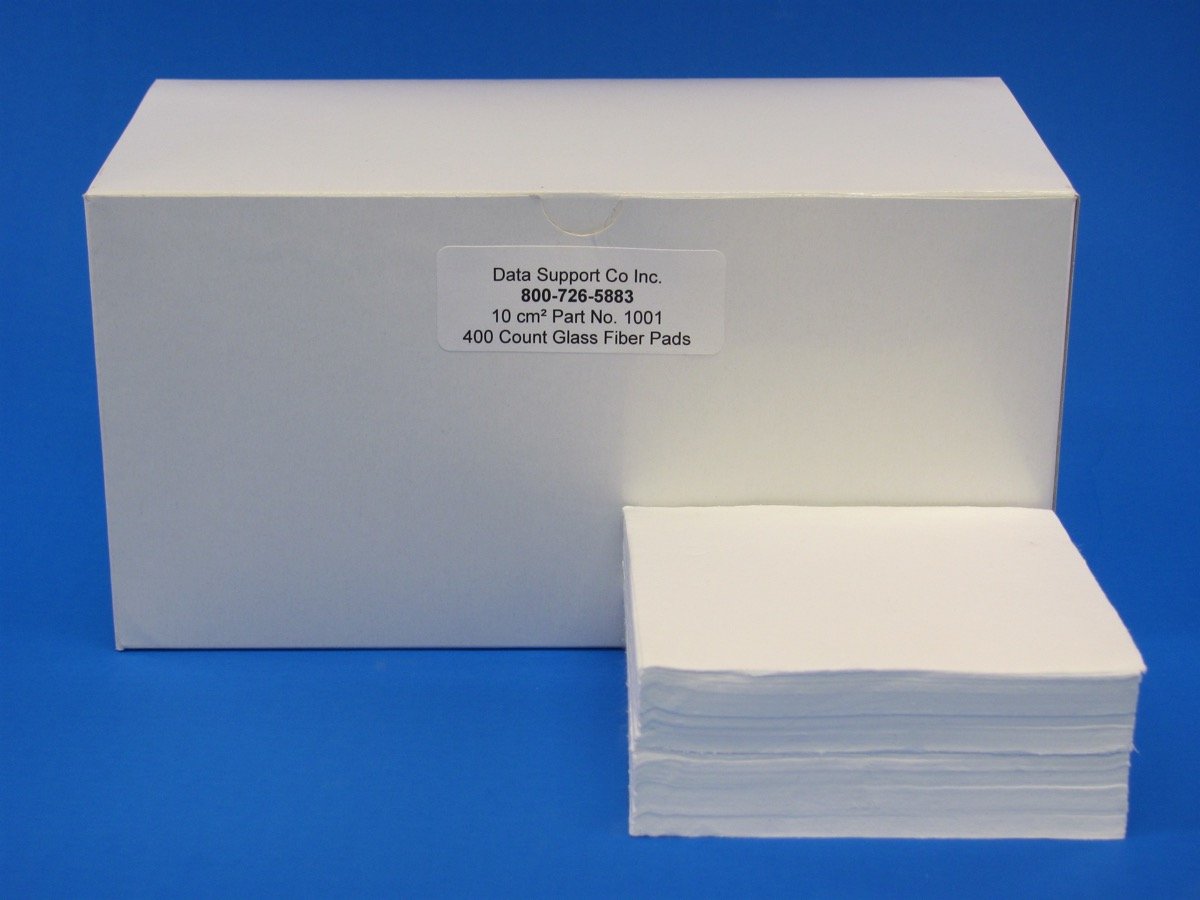Accurate weighing is the foundation of reliable results in science, industry, and even everyday life. While scales are commonly used to measure weight, balances are designed specifically for precision mass measurement, making them essential tools in laboratories, quality control, education, and research. In this guide, we’ll explore the types of balances, provide real-world examples, and outline the key components that make them work.
What Are the 4 Types of Balance?
Balances are available in different forms depending on the level of accuracy and application required. The four main types are:
-
Analytical Balances – Extremely precise instruments, capable of measurements down to 0.0001 g, used in chemical labs, pharmaceuticals, and scientific research.
-
Precision Balances – Less sensitive than analytical balances but still highly accurate, ideal for industrial applications, quality control, and routine lab work.
-
Mechanical Balances – Traditional designs such as equal-arm or beam balances that compare an unknown mass to a known mass. Often used in educational settings.
-
Micro and Ultra-Micro Balances – Advanced balances designed for the highest sensitivity, capable of measuring micrograms, making them vital in specialized research.
Each type of balance is tailored to different weighing needs, from quick checks to ultra-high-precision analysis.

What Are the Different Types of Balances?
Beyond the four primary categories, there are additional variations designed for specific uses:
-
Semi-Micro Balances – Measure very small quantities with fine readability, often in pharmaceutical or chemical applications.
-
Triple Beam Balances – Popular in schools and universities for teaching measurement fundamentals.
-
Mechanical Equal-Arm Balances – Classical designs that remain useful for demonstrating weight comparison principles.
This range ensures that whether you’re working in an advanced laboratory or a classroom, there’s a balance suited for the task.
What Are Three Examples of Balance?
Balances aren’t just confined to professional labs. Here are three common examples you may encounter:
-
Analytical Balance – Used in laboratories for precise chemical and pharmaceutical measurements.
-
Kitchen Balance – Found in homes for weighing ingredients during cooking and baking.
-
Triple Beam Balance – A standard tool in classrooms for teaching students the principles of weighing and measurement.
These examples show how balances play a role in both everyday life and highly technical environments.

What Are the 5 Components of a Balance?
A balance’s accuracy depends on several key components working together:
-
Load Cell or Weighing Mechanism – Detects the applied load and converts it into a measurable signal.
-
Pan or Platform – The surface where objects are placed for weighing.
-
Indicator or Display – Shows the measurement, either digitally (LCD/LED) or via a mechanical pointer.
-
Calibration System – Ensures the balance remains accurate through adjustments with known reference weights.
-
Housing or Frame – Provides support and protects the sensitive inner mechanisms.
Together, these components ensure consistent, reliable, and precise results.
Conclusion
Balances are essential tools that go beyond everyday weighing. From analytical balances used in cutting-edge laboratories to kitchen balances found at home, each type of balance plays a vital role in ensuring accuracy. By understanding the different types, examples, and components, you can select the right balance for your needs—whether it’s for research, industrial processes, or educational purposes.





